
Canon 5D MkIV in hand…1st thoughts and an A7RII Comparison
By Steve Huff
It’s been a long while since I have shot with a Canon 5D. Long ago I owned the 1st one and LOVED IT at the time, but back in the 5D days all we had for serious cameras in the digital realm were DSLR’s. There were no full frame mirrorless or even capable mirrorless cameras yet. I was happy as a clam shooting that 5D and created many memories with that camera.
When the 5D Mark II came out, I reviewed it back in the early days of my site (Version 1) and even made a corny video for my YouTube channel back then about it where I played and sang a song all about it 😉
A much younger me from 2009 where I sang about the then newly introduced Canon 5D MKII 😉 Hahahah.
Now we have the 5D Mark IV and it looks pretty much the same as the original from my memory. It’s chunky, it’s fat, it’s large and it has the same 5D feel and controls which is a good thing. I love when companies do NOT make drastic changes to menus and controls over a lifespan of a popular camera model. It keeps it all easy and seamless to switch to the new model from the old when controls remain mostly the same.
With the new MKIV I am seeing a new 30MP sensor, new Reticular AF and Dual Pixel Af systems, 4K video, and Dual Pixel RAW which sounds very interesting. But at its core, it is still a Canon 5D DSLR. I see nothing earth shattering in the specs that make me say “WOW”!
To me, the MKIV still has that Canon color and vibe going on that I remember from the Mark 1 original. This was with the 50L 1.2 at f/1.2
What I am curious about is how it compares to my Sony A7RII, which has been used and used and used by me ever since it was launched. I love the A7rII and it has never let me down, and it has offered me so much versatility from video to photo to good light to almost no light. It allows me to mount almost any lens from any manufacturer and while not the last word in speed and build, it is still made to a high standard and my A7RII has not given me one issue, ever. It also is quite a bit smaller than this 5DMKIV, and much thinner and lighter. There is no question about that. So I am wondering to myself why I would choose a 5D MKIV over one of the full frame mirrorless offerings like the Sony A7RII or A7SII or A7II.
Before I get into my brief thoughts about my 1 day experience with the Canon 5D Mark IV let’s take a look at what the 5D MKIV has under the hood…
Side by side A7RII and Canon 5d MKIV
With the MKIV we have some pretty nice tech inside, here are the details…
30.4MP Full-Frame CMOS Sensor and DIGIC 6+ Image Processor
In line with previous members of the main 5D series, the Mark IV attempts to balance high resolution with low-light performance with a newly developed 30.4MP full-frame CMOS sensor. This provides a beneficial increase in overall resolution without compromising on sensitivity. Additionally, thanks to the DIGIC 6+ image processor it is paired with, it offers impressive performance within a native range of ISO 100-32000, which can be expanded to ISO 50-102400.
Versatility is key with the 5D, as it needs to be able to tackle landscapes and weddings with equal ease. By using a 150,000-pixel RGB+IR metering sensor shooters will be able to more comfortably rely on the camera to capture difficult scenes. This sensor also has face detection as well as flicker detection which can ensure proper exposure in less-than-ideal lighting situations. Along with this, the camera offers an improved continuous shooting rate of 7 fps, making it a great option for events and action.
High Density Reticular AF and Dual Pixel CMOS AF Systems
Ensuring your subject is tack sharp, the 5D Mark IV incorporates an enhanced High Density Reticular AF system, which offers 61 phase-detect points, with all points sensitive to f/8 and 41 of which are cross-type. The center point can function down to -3 EV for working in extremely dim lighting. Compared to previous versions, this sensor has expanded vertical coverage of 24% on the peripherals and 8% in the center in order to better track and locate subjects in the frame.
In addition to advanced tracking and focusing while using the optical finder for stills, Live View and video can now use Dual Pixel CMOS AF on the actual imaging sensor. This offers about 80% coverage of phase-detection autofocus for faster and more accurate focusing in these modes. It is ideal for video as users will enjoy smoother rack focusing without the downsides normally encountered with contrast-based systems. Also, this works well with the touchscreen functions, allowing shooters to just tap to adjust focus.
DCI 4K Video Recording
Designed for both professional stills shooting and video recording, the 5D Mark IV supports DCI 4K (4096 x 2160) resolution recording at up to 30 fps at 500 Mbps, along with Full HD 1080p shooting at 60 fps and HD 720p at 120 fps for slow motion playback. When recording in-camera, 4K video has 4:2:2 sampling and 8-bit color depth, while Full HD 1080p footage has 4:2:0 sampling. Uncompressed Full HD 1080p video can also be saved via HDMI to an optional external recorder with 4:2:2 color sampling. 4K video is recorded using a central 4096 x 2160 area of the sensor at a 1.74x crop in order to record video with an ideal 1:1 pixel sampling ratio, while Full HD recording makes use of the entire full frame.
Audio can be recorded using the on-board stereo microphone or an optional external mic can also be used via the 3.5mm mic jack. Real time audio monitoring is possible, too, via the 3.5mm headphone jack. The 4K video recording also avails the ability to take 8.8MP still frame grabs during playback on the rear touchscreen and save them as single images.
Dual Pixel RAW
First implemented here on the 5D Mark IV, Dual Pixel RAW allows photographers to record all the information the sensor’s unique pixel architecture can deliver, providing a way for fine adjustments to be made after the image is taken. These adjustments include focus fine tuning that can help you ever-so-slightly adjust the focus point to bring out extra details, shift bokeh around for improved composition, and reduce the impact of ghosting on your photos. This requires the use of Canon’s Digital Photo Professional 4.5 software.
Body Design
A large 3.2″ 1.62m-dot Clear View II LCD monitor is available and features an anti-reflective design for bright, vivid image playback and live view shooting, and its touchscreen interface can be used for intuitive touch-to-focus control and adjusting settings in the menus.
A dedicated AF mode selection button located beneath the rear joystick offers another avenue for accessing settings, allowing for fast, intuitive access to commonly changed options.
Dual CompactFlash and SD memory card slots allow you to extend your file saving capabilities by permitting overflow recording or in-camera file type separation while shooting.
An Intelligent Viewfinder II uses a pentaprism design and offers a bright means for viewing. When using the viewfinder, AF points are highlighted in red for greater visibility in low-light conditions, and the finder can also be configured to display a range of other shooting aids, such as an electronic level, grid, flicker detection, white balance, metering mode, AF information, and other settings.
A Mirror Vibration Control System helps to minimize mechanical vibrations in order to better ensure sharpness during long exposures or fast continuous shooting bursts.
A robust magnesium alloy body design is both dust- and weather-sealed to permit working in harsh environments.
The 50 L again, at f/1.2 indoors. Click it for larger! Love the way the 5D sensor renders in a gentle non offensive way. Same character as the 5D has always had.
So what did I think of the 5D MKIV after a day of hauling it around and using it?
These are just my 100% honest 1st thoughts…
I thought it felt VERY well made, it felt like a very well thought out camera and one that could indeed inspire confidence to anyone. It feels like a pro tool even though it’s under the 1D series. Compared to the Sony A7RII, it “feels” more impressive but at the same time, it is heavier, larger, and fatter so not as easy to carry around your shoulder.
As for results of OOC JPEG’s? The color to me is very similar to what I remember coming from the original 5D and the AF was quick and locked on with ease no matter what I was shooting, even in lower light. But even with the quick lock, were my images 100% in focus using the 50L? Not quite.
BUT, when I tested this same exact 50L 1.2 on my Sony A7RII with the latest Metabones Adapter, I had no out of focus shots using the lens wide open. With the Mark IV 5D? Some of my shots with this lens seem a tad off focus wise. Sometimes they are not as sharp which leads me to believe I am seeing the flaw of this lens once again when used on a Canon DSLR. With my old original 5D years ago I had to sell the 50L I owned as it was constantly giving me images that were out of focus. So I have to test this a tad more and do a side by side with my Sony to see the reality.
Also, it has been a long while since I have used a DSLR and an optical VF. I am so spoiled by my EVF’s these days that using the “NOT WYSISYG” OVF of a DSLR was not as fun for me as it used to be. While some EVF’s need improvement, most of them actually…there are a couple amazing EVF’s out there today (Leica SL) that for me, go above and beyond any OVF of a DSLR. But even so I enjoyed the large and bright REAL view instead of a video view. It was REALLY nice yet I still prefer a good/great EVF for my own reasons. (I feel that these new breed of cameras that will be announced next week at Photokina will have some impressive EVF specs.) BUT again, the OVF of the 5D was gorgeous and huge and bright. Less “grungy” than my A7RII EVF. No grunge at all in fact!
This camera is bulky. In a world of thin mirrorless cameras, some even full frame monsters, this Canon truly felt like a beast. It was fat and chunky, just as I had remembered. This had me wishing Canon pushed some efforts into using this tech and sensor into a pro mirrorless solution. I feel the photo world is ready for something killer from Canon and Nikon in the mirrorless world. The new Canon M5 has just hit but for me, while a step in the right direction…too little too late. Canon and Nikon need to deliver something that will knock the socks off of Sony, Olympus and Fuji in the Mirrorless world. As of yet, not happening. I feel the future of imaging is actually with smart phones (because the smart phone is indeed the #1 camera in use today) and smaller, lighter, more powerful pro level cameras. Sony, Oly and Fuji are heading that way. Canon or Nikon has not committed yet.
While I ADORE the 50L lens for its rendering, size, and handling. I think I would prefer to use it on my A7RII for the smaller size, less weight and just about as wonderful results (though with some faults as shown below).
But let’s look asa very high ISO side by side with the 50L on each camera. The A7RII and 5D IV 😉
Noise Reduction was turned OFF on both cameras. This is an ISO 25,600 ISO shot, so at the upper end of the ISO range for most. The Canon seems softer and gentler but is also putting out a less contrasty file. Both cams were set to “Neutral” for the Sony and “Faithful” for the Canon. Both cameras chose the same exposure as well.
–
A normal test shot, same lens, same aperture, different cameras:
For this simple towel shot I prefer the Canon color out of camera. Also, the Sony has some vignetting going on that is quite obvious.
–
The Canon Shot and the Sony shot with the 50L, 100% crop when you click the images to see the larger size.
So after these two quick shots, I realized the best camera to use the Canon 50L on is indeed a Canon body. With the Sony the color is cooler, with the Canon the color is warmer. With the Sony, there is some vignetting going on that I do not see on the same level with the Canon 5DIV.
I did have to focus a couple of times with the 5D though, as it did miss the AF on the 1st one.
So after these shots, and the high ISO shots the winner for ISO, may be the Canon, just by a hair. For using Canon glass? There is no substitute for using Canon glass on a Canon body but the Sony does VERY well in real world use as you can see HERE.
So would I buy a Canon 5D MKIV to replace my Sony? No, and here is why…
My Sony can mount Leica M glass. It can mount Canon or Nikon glass. It can mount 80 year old Rangefinder lenses and all kinds of unique lenses. It’s slimmer, smaller, and even with a Canon lens attached, it is still smaller and while the 5DIV is not a giant, it is big, and the thickness is what gets me. When using both side by side, I prefer the Sony feel. As for the OVF, it’s huge, bright and lovely. It’s not WYSIWYG but it is so nice to look through, and makes the EVF in my Sony look ragged by comparison (but I still prefer a GREAT EVF like the one in the Leica SL). Even with the more ragged EVF of the Sony, I am so used to seeing what I am getting with an EVF, and it would be tough to go back. Yea, I use a Leica M as well, and that has an OVF/RF but the RF experience, for me, makes it OK as it’s part of the process of using the camera.
Auto focus with the 50L was sometimes hit or miss with the Canon body as well but I feel that is a lens issue, not the camera. The 50L has a rep for focus issues.
While the uber high ISO may be better on the Canon by a hair, the Sony is no slouch. But still, the Canon is slightly better, or so it seems (when NR is off on both cameras).
I prefer the Color coming from the Canon over my Sony as well but for me, I prefer the versatility of the Sony and mirrorless in general. The Canon is technically the better camera. Newer tech, double card slots, solid build, and nice and fast AF with a gorgeous OOC quality. So if size does not matter to you, the 5D IV rocks, and if you are already shooting Canon and want an upgrade it is a no brainer.
Canons best 5D yet, without question. You can see more about it HERE at B&H Photo 😉 UNFORTUNATELY I only have the 5D for 3 days, and this is day 3. I hope to use it a bit more later on today but I scratched the itch I had to try it. Guess I am still a mirrorless guy at heart after all. 😉
Steve

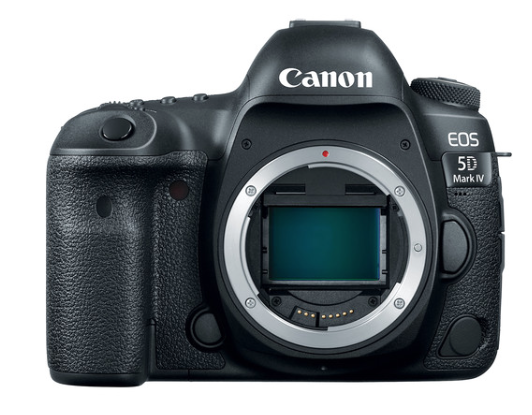
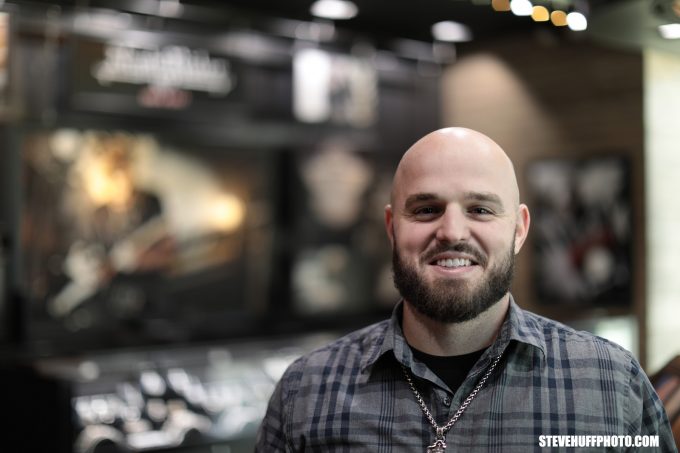
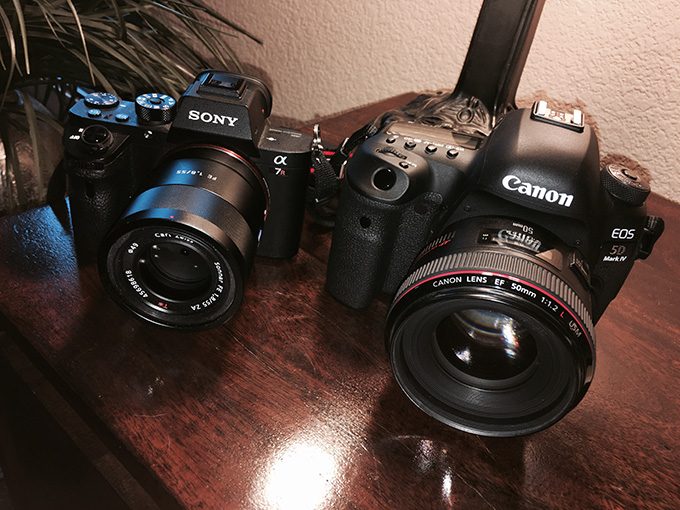

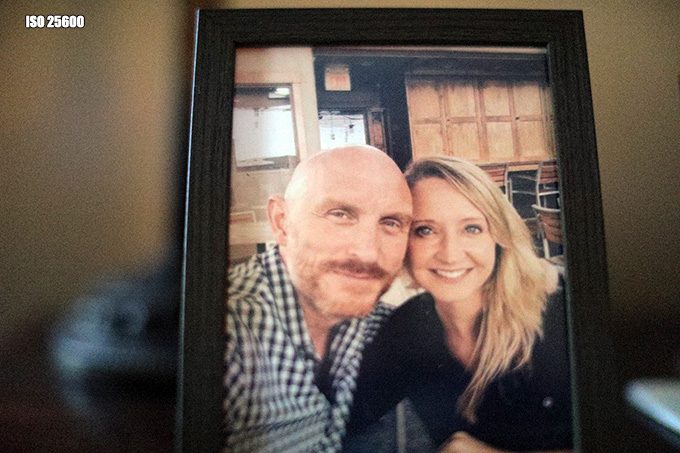
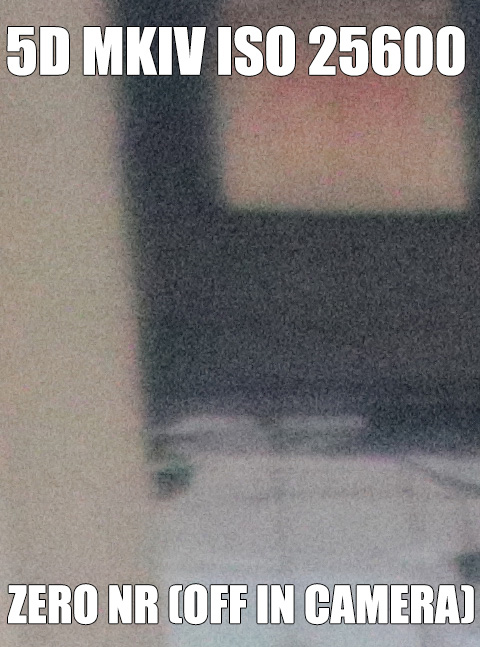
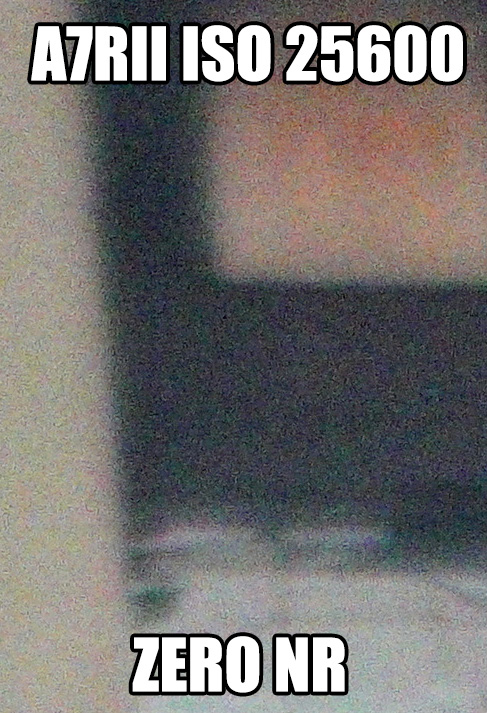
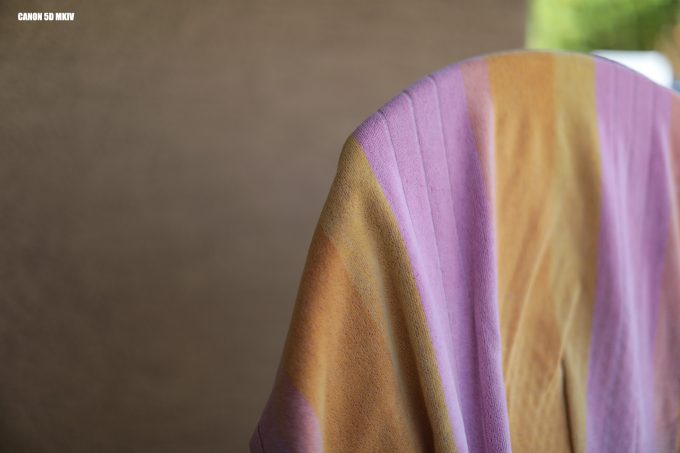
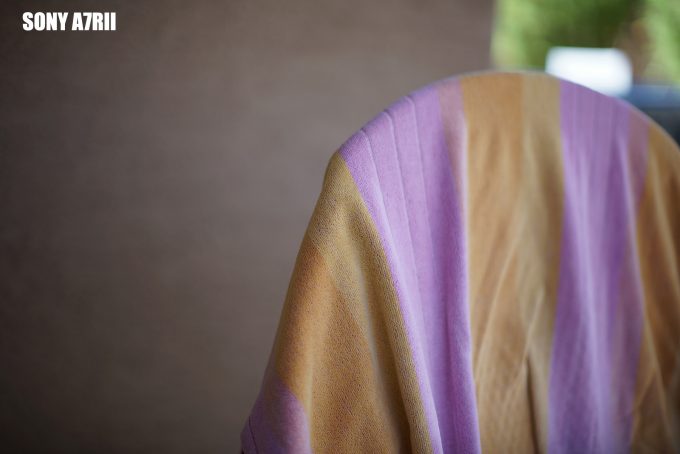
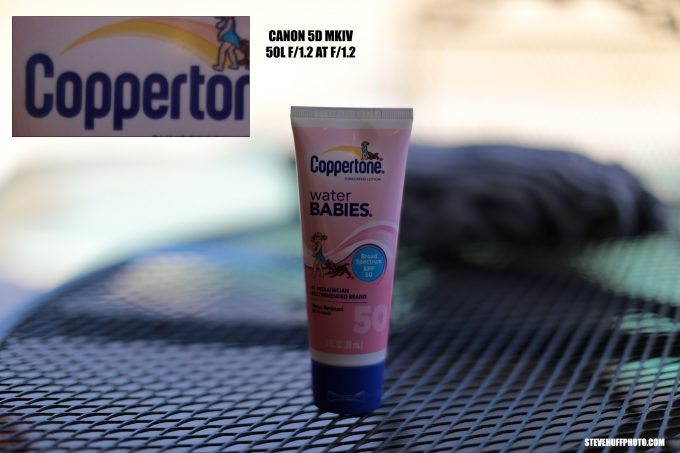
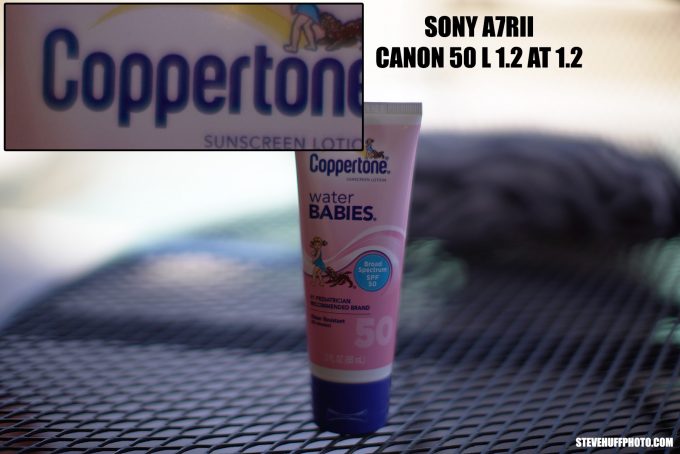

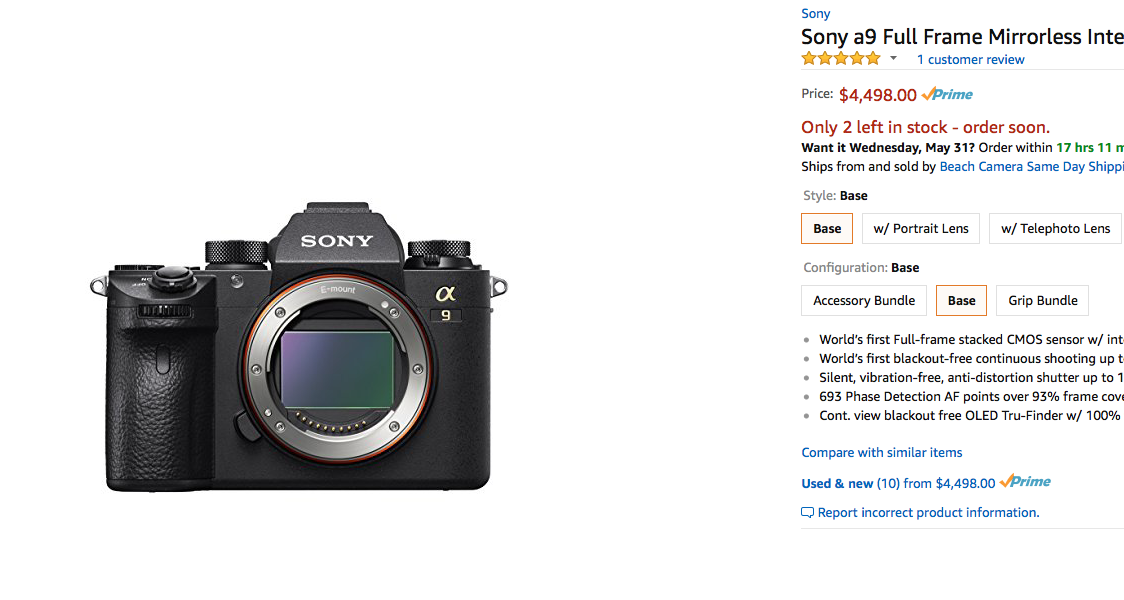

Sony has a very thick sensor glass despite its short flange distance. That’s source of issue here. Native FE lens are corrected for this.
This is largely true, but the 50L does suffer focus shift when shot stopped down, which tends only to be noticeable at close distances. Even if you micro-adjust perfectly, it will throw you the odd curve ball that isn’t just a product of shallow depth of field. The 85mm f1.2 L has even shallower depth of field, but seems easier to nail focus consistently (it has a moving element for better close focus too).
I have a fairly recent production 50L and love it for its character, but as Steve suggests, taking a few shots with refocus for critical work is good advice. I wrote a little about it’s idiosyncrasies here: http://thephotofundamentalist.com/?p=3147
Will the Mk II have anywhere near the character? That remains to be seen. FWIW, I find focus more reliable on my A7 II also.
I was a longtime Canon and 5DMIII user that switched to Sony about 2 yrs ago. I’ve enjoyed the A7RII and the RX1RII thoroughly and think they are excellent cameras. But when Sony started releasing all of their big glass, the lack of good ergonomics with those lenses attached made me long for the Canon. Fortunately, I had never sold all of my Canon glass. So I recently broke down and purchased the 5DMIV. After a week long trip to Acadia and shooting almost 1000 shots, really testing it in the field doing a lot of landscape, I must say I was just thrilled with it. If you’re going to use big glass, shooting with the Canon was a far more enjoyable experience. There is something to be said (although hard to put into words) for the feel of the DSLR in the hand and the ease of use of the controls. Canon has significantly improved the customization with the touch screen on this model. The images I came home with were fantastic. I thought I would miss the EVF of the Sony, but I really didn’t doing the mostly landscape (and frequently with Live View with touch screen on a tripod. The image quality of the MIV is noticeably better than the MIII, as is the shadow recovery. Don’t get me wrong, the A7RII is fantastic, but I much prefer to use it with compact lenses like the Zeiss Loxias or even the Batis lenses. The Sony 24-70 f/2.8 GM is a beast that just doesn’t feel right in the hand to me on that camera – unbalanced. And I know it is personal preference, but I really do prefer the Canon color profile. If the Sony 24-70 f/4 had not been such a disappointment with regard to image quality, I might not have ever found my way back here.
Cool review. How does this compare with the Pentax K1? I thought I read you were going to review both DSLRs?
There is a huge difference in size and weight no matter how you want to spin it. The Canon feels so much fatter and bulkier in use and when carrying it, even if you had the body cap on only it is still thicker and fatter and bulky when compared to the RII. No way to spin that it can be similar in size, as it just can not. Even with the adapter and 50, it’s lighter, slimmer and easier to shoot with for ME. This also was not a review, just thoughts after some use of the camera. Thank you.
Really interesting review. I also followed a similar trajectory, getting the first 5D because it was the first affordable digital full-frame camera, and then doing the rounds through Nikon and Sony as they each introduced their full-frame offerings. However, the Canon 5D mark iv seems to make a lot of sense to me, and I’m going decided to get one. The Dual-Pixel focus adjust may go some way to dealing with focus issues of wide-aperture lenses in post production. And wIth regards to size, have you tried using a 5D with the Canon 40mm f/2.8 AF pancake lense? It makes an incredibly small and light combination with absolutely no compromises on quality. Also, with the metabones adapter, the Sony+50/1.2L is about the same length as as the Canon+50/1.2L. The size argument doesn’t do it for me anymore. The Canon 5d mark iv is ergonomically really good and is designed for heavy use. There is a reason why the World Press Photo awards have been dominated in recent years by the Canon 5D while Sony hardly gets a show in.
http://petapixel.com/2016/02/19/here-are-the-cameras-that-won-world-press-photo-2016/
When using Metabone IV EF to E mount on Sony body this flange distance diff is no more. It is the 2nd function of the mount. Sony does not have on-body lens correction but it can be corrected in light room.
Beautiful video!
If it were “..pushed further away..” from the Sony sensor (than the correct distance at which the lens is designed to focus on the original-brand sensor) then the lens would focus on things which are closer than the distances marked on it – or would not focus at all ..certainly not at infinity.
All adaptors are made to match – on, say, a Sony fitted with an adaptor – exactly the same distance between a Canon lens mount and the position of a Canon sensor. That’s what adaptors do. If the thickness of any appropriate adaptor did not match exactly the distance from, say, a Canon lens mount to a Canon sensor (or the distance between, say, an original Olympus OM lens mount and the OM film plane) then the adaptor wouldn’t be useful.
These things are made to match the exact distance between the lens mount and sensor on the original-brand – e.g; Canon – camera, and to make up the difference in distance with the thickness of the relevant adaptor.
Thanks Tom. I have not ever messed with Magic Lantern. Heard of it, but never did get around to trying it.
Thanks Dustin! Checking out your link now.
I thought it may be this but it also may be the lens itself. The 5D may be correcting for the Vignetting in camera.
I agree it does look smoothed over, and appears to have some NR applied even when off. I thought that myself when looking over the samples.
5D MkVI ISO 25600 in Camera NR off I’d totally BS! They may claim NR is off as much as they want, it’s not! Look at the 5D sample comparing it with the Sony (indeed NR off) without the slightest trace of chroma noise what so ever, and also heavily noise reduced and smoothed of Luminance noise. It’s not NR off, it’s in fact a lot of NR on, no matter what the camera setting is! That sample could not be clearer on the matter. In fact, import the Sony sample into Photoshop with a good NR plug-in like NoiseNinja, and you can have an almost exactly cloned result of the 5D’s NR footprint (that they say is off).
Now we can debate whether the 5D’s NR algorithm is good or not, and to me it seems good. But 25600 ISO without any chroma noise and no NR applied, is an impossibility. It would require sensor technology that to my knowledge we currently don’t have available on any camera yet:)
Is it possible the vignetting on the Sony is caused because the lens is pushed further away from the sensor using the Metabones adapter?
No, it’s more likely to do with the very short flange distance on the Sony E-mount. It’s 18mm, versus 44mm for the EF mount. This means the light striking the edge of the sensor is at a much more oblique angle on the Sony, making it hard to fully illuminate the sensor cell, even with good microlens design.
Cheers,
Pete
I’m testing the 5dMKIV currently, and so far I really like it for the AF feature in video mode. IT’S AMAZING! I’ve messed around with the AF in the a7rII and a7sII using native E mount glass and it just didn’t have the smoothness that the MKIV has. Plus, I have all Canon glass, and it really sucks to not get 50-70% of the AF features of the sony when using the Metabones adapters.
I put together a short video using the 50mm wide open on my DJI Ronin-M gimbal and the results were impressive. The A7 series doesn’t come close…
Here’s the video if you’d like to see for you self… https://vimeo.com/182899567
Steve, thanks for the review… I love seeing and hearing about how people are making there choices. There’s so many different types of ways to use these cameras.
“50 has a rep for focus issues”
I recall in fredmiranda that this lens had focus issues which seemed to fade with later versions, it was suspeced that Canon did a silent upgrade.
This lens needs some skill to use and I wonder if focus issues are related to the very thin depth of field and the average punter may be unaware of this.
Also there is/was a focus shift issue. I understand that the 85mm f/1.2L uses a floating lens element which minimises the focus shift.
The is/was a rumor that the 50mm f/1.2L mk II might have a floating lens element but that would push up the price. Not sure of current status of rumour.
From a pure image quality perspective, the colors from that canon combo remind me of the colors that you were getting from your SL review Steve. I’m surprised a little at that to be honest!
Canon’s custom sensor silicon and image processing definitely has it’s own signature look. IQ from both cameras are excellent. Do you prefer lamborghini’s or ferrari’s?!
I’ve big hands and a Sony shooter. I admittedly do not love the Sony finding it too small, menu’s fiddly and for event work end up changing batteries like shot gun shells. It is fun to play with older lenses via adapters however.
I have migrated back to OVF and DSLR’s for paid work from mirrorless as I prefer looking at the world through ground glass rather than a tv screen to my eye. I also find that DSLR tech has not simply stood still while mirrorless evolved, DSLR tech has also evolved very rapidly too. There are huge advantages to both OVF and EVF. I think the Canon provides a very interesting best of both worlds with their liveview dual pixel focus technology. I hate that they deliberately cripple the video capability though of the 5div as they have some of the best FF lenses on the market within their ecosystem. It will be interesting to see what magic lantern team come up with with the new canon.
@Steve: have you ever played experimented with magic lantern during your earlier 5d days ???
Great and fun review. Thank you Steve.
True, this is true. So in reality a non issue 😉
Very interesting review thanks. I know a lot of people who upgrade within one Brand. That is they replace their Nikon or Canon or whatever with the latest model.
I can understand this and am always in awe of your fluency with so many different models and brands.
Getting to know a camera really well is really important especially if you use it for different kings of photography.
For Pros this is really critical.
Best Wishes
Thanks for this! I’m a Canon EOS 5D Mark IV guy and love it and the size fits me perfectly (i have big hands). Interesting to see a mirrorless guy’s perspective!
“… the best camera to use the Canon 50L on is indeed a Canon body”. I guess it’s normal that a lens works best on its native body.
Now I’m not a tech wizzard, but I believe that vignetting is generated by the lens, not the sensor. So when the Canon body shows less vignetting with this 50L than the Sony, I’m guessing that Canon is correcting this lens in-body, and not only for vignetting. I’d even think it wouldn’t be wise not to do so. This means that, to make a just comparison, one would need to use a correction profile in Photoshop for use on the Sony body.
Also, I personally prefer comparisons to be at the same resolution, so the Sony file would have to be resized.
“..With the Mark IV 5D? Some of my shots with this lens seem a tad off focus wise. Sometimes they are not as sharp which leads me to believe I am seeing the flaw of this lens once again when used on a Canon DSLR. With my old original 5D years ago I had to sell the 50L I owned as it was constantly giving me images that were out of focus..”
But, of course, you can use micro-adjustment on the Canon to match this particular lens to this particular body – if they do need tweaking. Why not try that, and then see if your in-focus hit rate is better?
Every DSLR lens, including the 50L, has to be individually autofocus micro-adjusted to each camera body that it will be used on. Yes, it’s a chore (that you don’t have with mirrorless), but that is the price of using a DSLR with a real optical viewfinder. Anyone that is going to use the 50L (or any fast lens) at wider apertures ought to do AF micro adjustment . This leaves some minor autofocus inconsistency, but at least takes care of any regular back focus or front focus at widest apertures.
What about Raw file size? Battery life?
Wow, the Mark IV is looking pretty good, that 50L is like a godsend. One of the most unique lens ever made.